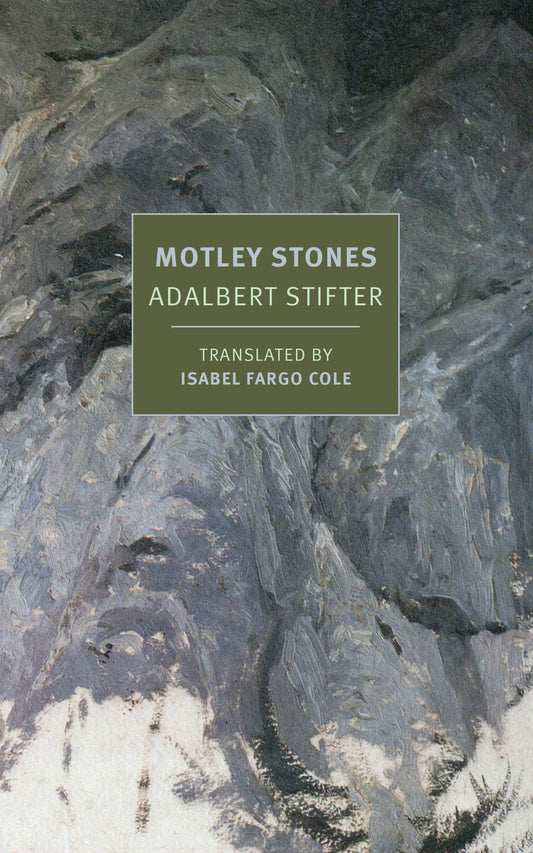Collection:
Adalbert Stifter
Adalbert Stifter (1805–1868), the son of a provincial linen weaver and flax merchant, was born in the rural Bohemian market town of Oberplan, then part of the Austrian Empire but today in the Czech Republic. When Stifter was still a child, his father was crushed under an overturned cart; the family was left poor, but Stifter’s grandfather sent him to school at the the Benedictine Monastery of Kremsmunters and he proved a brilliant student. Stifter attended the University of Vienna, where he studied law but failed to obtain a degree. Instead he supported himself as a much sought-after tutor to the children of the high Viennese aristocracy while also acquiring a small reputation as a landscape painter. For a number of years Stifter eagerly courted the daughter of a rich businessman, but his lack of worldly position turned her family against him, and in 1835 he married Amelia Mohaupt, a milliner. In 1840, he published his first story, the success of which started him on a career as a writer, and in 1850, after working as an editor on two newspapers, he was appointed supervisor of elementary schools for Upper Austria. Stifter’s works include numerous stories and novellas, as well as Witiko, a historical novel, and Indian Summer, considered one of the finest examples of the German bildungsroman. Stifter’s mental and physical health deteriorated in his final years. In 1868, suffering from cirrhosis of the liver, he committed suicide.






